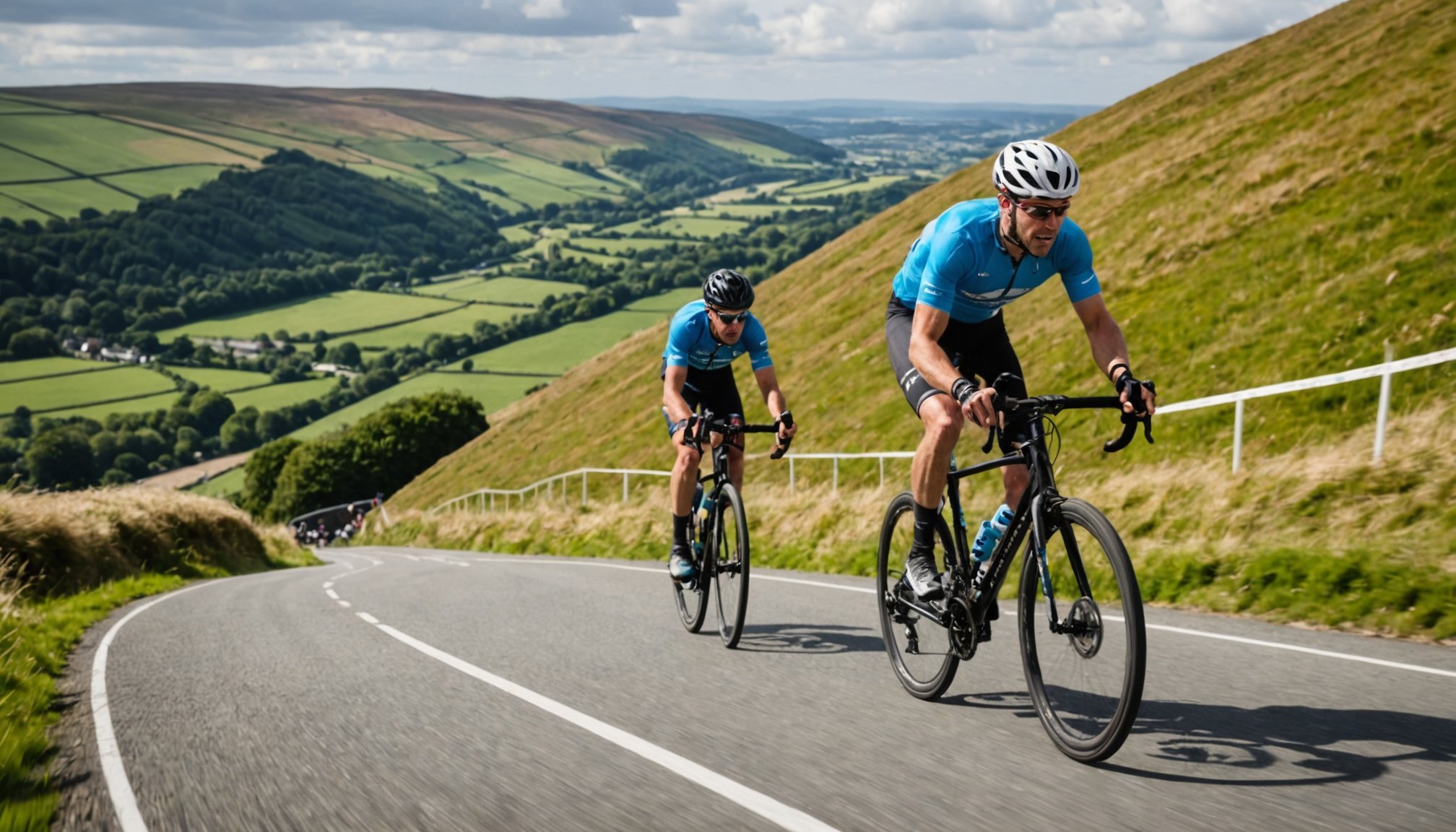Cycling through the picturesque landscapes of the UK offers a thrilling experience for enthusiasts and professionals alike. However, the challenge of hill climbs can be daunting, especially for those unfamiliar with the demands of inclines. Proper training is essential if you aim to conquer these steep terrains with confidence and efficiency. In this article, we will explore effective strategies and techniques that you can adopt to enhance your hill climbing abilities. Whether you are a beginner or an experienced cyclist, our insights will help you develop a tailored training program that meets your specific needs.
Understanding the Mechanics of Hill Climbing
Before diving into the training regimen, it’s crucial that you understand the mechanics involved in hill climbing. Cycling uphill requires not only physical strength but also mental resilience. When you approach a hill, the angle of the slope can significantly impact your energy expenditure and climbing technique. Steeper hills demand greater power output, meaning you must engage your leg muscles more intensely than on flat terrain.
This might interest you : How can I enhance my bike’s aerodynamics for competitive cycling in the UK?
As a cyclist, you should focus on developing your muscle endurance and strength. Incorporating strength training into your routine will ensure your legs become accustomed to the demands of uphill cycling. Exercises such as squats and lunges simulate the effort needed to push through gradients. Additionally, understanding your gearing can make a significant difference in how efficiently you tackle hills. Using lower gears allows you to maintain a steady cadence without exhausting your energy reserves too quickly.
Furthermore, cyclists often overlook the importance of breathing techniques. Proper inhalation and exhalation contribute to your overall performance. You should aim to establish a rhythmic pattern that aligns with your pedaling. Finally, don’t underestimate the psychological element of hill climbing. Building mental toughness is vital. Visualize your success and set realistic goals to keep yourself motivated. This blend of physical and mental preparation lays the foundation for effective training.
Also to discover : What techniques can help improve my cycling speed for competitive races in the UK?
Developing a Structured Training Plan
Creating a structured training plan is essential for effective hill climb preparation. Start by assessing your current fitness level and identifying your goals. Are you preparing for a specific event, or do you want to improve your overall hill climbing capabilities? Understanding your objectives will help you tailor your training accordingly.
A well-rounded training plan should include a mix of endurance rides, interval training, and strength sessions. Endurance rides help build your aerobic capacity, which is crucial for maintaining effort over longer climbs. Aim for at least one long ride per week, gradually increasing the duration to enhance your stamina.
Interval training plays a vital role in improving your power on hills. Incorporate short bursts of high-intensity cycling followed by rest periods. For instance, find a moderate incline and sprint up it for 30 seconds, then descend at a relaxed pace to recover. Repeat this cycle several times. This type of training increases your cardiovascular fitness while mimicking the demands of hill climbing.
Strength sessions should focus on building the major muscle groups involved in cycling. Aim to include exercises targeting your quads, hamstrings, glutes, and core. You can perform these workouts at the gym or incorporate bodyweight exercises into your routine.
As your training progresses, regularly reassess your plan. Adapt your workouts based on your performance and recovery. Remember, consistency is key. Stick to your schedule, and over time, you will notice improvements in your climbing ability.
Nutrition and Hydration During Training
Optimal nutrition and hydration are critical components of any training program, particularly for cyclists preparing for hill climbs. Proper fueling will enhance your performance and expedite recovery, allowing you to train more effectively.
Begin by focusing on your daily diet. Incorporate a balance of carbohydrates, proteins, and healthy fats to ensure your body receives the necessary nutrients. Carbohydrates are your primary energy source, especially during intense workouts. Foods like whole grains, fruits, and vegetables should feature prominently in your meals.
In the days leading up to a significant ride or climb, consider increasing your carbohydrate intake to maximize glycogen stores. This practice, known as carbohydrate loading, can provide you with the extra energy needed for long climbs.
Post-ride nutrition is equally important. Consuming a meal or snack rich in protein within 30 minutes of finishing your ride helps repair muscle tissue and replenish energy stores. Foods like yogurt, nuts, or protein shakes can aid recovery effectively.
Hydration cannot be overlooked either. Staying hydrated before, during, and after your rides is crucial for maintaining peak performance. Aim to drink water throughout your training sessions, and consider electrolyte drinks during longer rides to replace lost salts. Monitor your hydration levels, especially in warmer conditions, to avoid fatigue and cramps.
Practical Tips for Climbing in Varied Conditions
When tackling hill climbs in the UK, cyclists must also prepare for varying weather and road conditions. The UK’s unpredictable climate can pose challenges, particularly on steep and narrow roads.
First, ensure you are equipped with the right gear. A lightweight, well-fitted bike allows for better handling and control on inclines. Additionally, invest in quality cycling shoes that provide adequate support and grip. Proper attire should be moisture-wicking to keep you comfortable, regardless of the weather.
As for road conditions, be mindful of factors like loose gravel or wet surfaces, which can impact your traction. Always choose a line that maximizes your grip and minimizes the risk of slipping during your ascent. A technique known as ‘scanning’ involves looking ahead while climbing to anticipate and react to changing conditions.
In terms of strategy, pacing is essential. Start at a sustainable speed, allowing your body to adjust to the demands of the climb. Gradually increase your effort as needed, but avoid going too hard too early. This approach will help preserve your energy for the latter part of the climb.
Lastly, don’t forget about group rides. Training with fellow cyclists can provide motivation and valuable feedback on your climbing techniques. Group dynamics often enhance performance, as you can learn from others’ strategies and techniques. Embrace the community aspect of cycling to enrich your training experience.
Training for hill climbs as a cyclist in the UK involves a multi-faceted approach. By understanding the mechanics of climbing, developing a structured training plan, focusing on nutrition and hydration, and preparing for varied conditions, you can significantly improve your performance. Remember to be patient and persistent in your training. Over time, you will build the strength, endurance, and mental resilience necessary to conquer the hills with confidence. Keep challenging yourself, and enjoy the rewarding experience of hill climbing!











